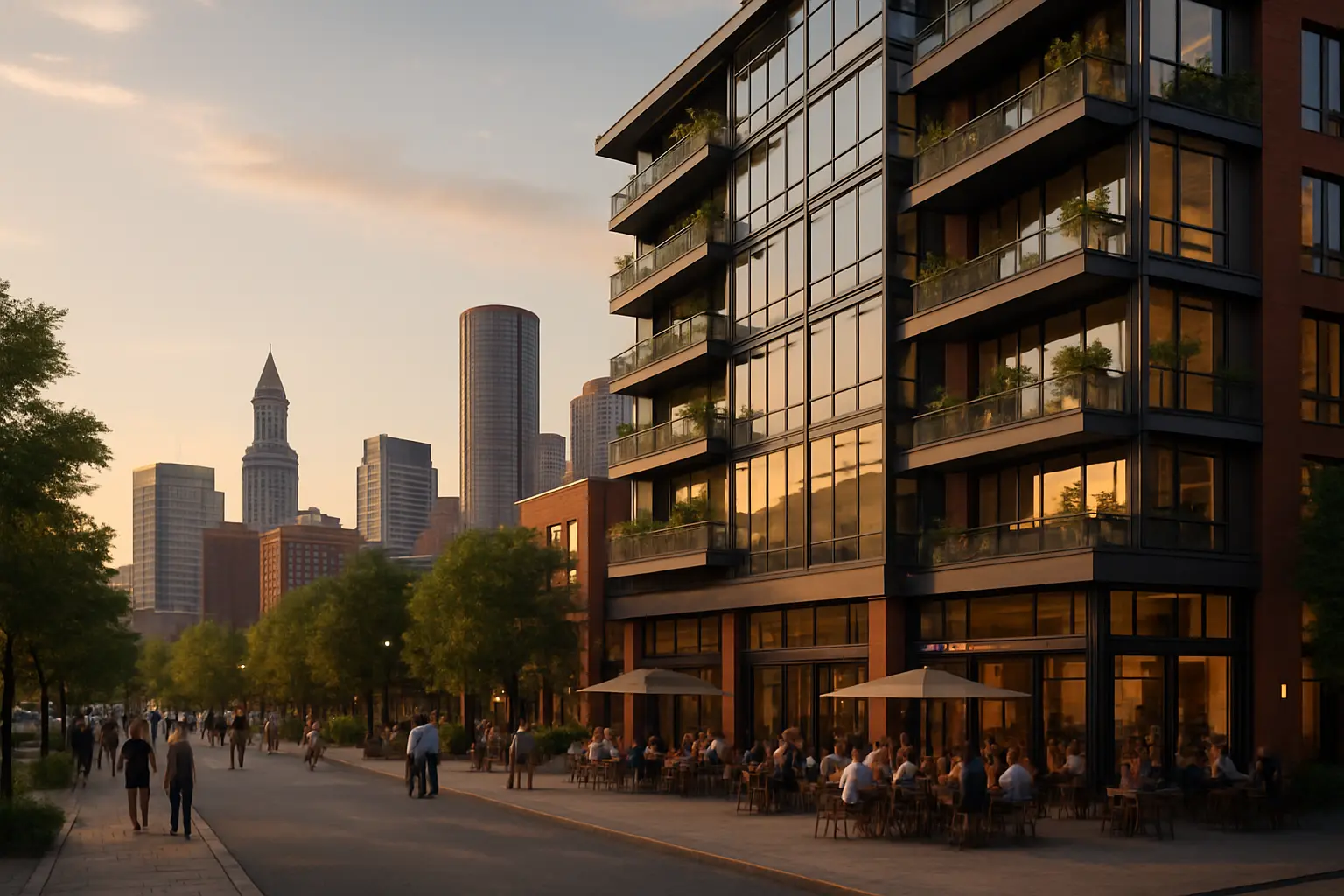New England's Commercial Revolution: The Rise of Mixed-Use Developments
How CT, RI, and MA are reshaping the future of urban living through innovative commercial-residential spaces

The Evolution of Mixed-Use Properties in New England
New England's urban landscape is undergoing a remarkable transformation as mixed-use developments emerge as the cornerstone of modern city planning. These innovative spaces are breathing new life into historic districts while creating sustainable, vibrant communities that cater to the evolving needs of residents and businesses alike.
The concept of mixed-use development isn't new to New England - it's a return to the region's historical roots, where people lived above their shops and businesses. Today's developments, however, are taking this traditional model and elevating it to new heights with modern amenities and thoughtful design principles.
The Modern Mixed-Use Renaissance
Contemporary mixed-use developments are characterized by their strategic combination of:
- Residential spaces ranging from luxury apartments to affordable housing units
- Retail and commercial areas featuring local businesses and national brands
- Public spaces designed for community gathering and events
- Sustainable features including green spaces and energy-efficient systems
Market Analysis
The mixed-use development market in New England is experiencing unprecedented growth, with particularly strong momentum in Connecticut, Rhode Island, and Massachusetts. Market indicators show increasing demand for these integrated living spaces, driven by young professionals and empty nesters seeking walkable, amenity-rich environments.
Key Market Trends
- Rising demand for walkable neighborhoods with easy access to amenities
- Increased focus on sustainability and green building practices
- Growing preference for communities that offer work-life balance
- Strong rental markets in urban and suburban locations
Success Stories
Providence Innovation District stands as a shining example of successful mixed-use development in Rhode Island. This vibrant community has transformed a formerly industrial area into a thriving ecosystem of tech startups, residential spaces, and cultural venues.
The success of mixed-use developments lies in their ability to create genuine communities where people can live, work, and play without lengthy commutes.
In Massachusetts, the Assembly Row development has become a model for suburban mixed-use projects, demonstrating how thoughtful planning can create a new urban center from the ground up. Connecticut's Blue Back Square in West Hartford continues to show how mixed-use developments can complement existing town centers while adding significant value to the community.
Investment Potential
Why Investors Are Taking Notice
Mixed-use developments offer compelling advantages for investors:
- Diversified Revenue Streams: Multiple income sources from different property types
- Reduced Risk: Built-in demand from residential tenants supporting retail spaces
- Strong Appreciation: Historical data showing superior value retention
- ESG Compliance: Meeting growing demands for sustainable and socially responsible investments
Future Outlook
The future of mixed-use developments in New England looks promising, with several factors driving continued growth:
- Increasing urbanization and demand for convenient living arrangements
- Growing emphasis on sustainable development and reduced carbon footprints
- Strong support from local governments for smart growth initiatives
- Rising interest from institutional investors and development firms
As New England continues to evolve, mixed-use developments are proving to be more than just a trend - they're becoming the foundation of sustainable urban growth and community development. These innovative spaces are not only reshaping the physical landscape of our cities but are also fostering more connected, sustainable, and vibrant communities for future generations.


